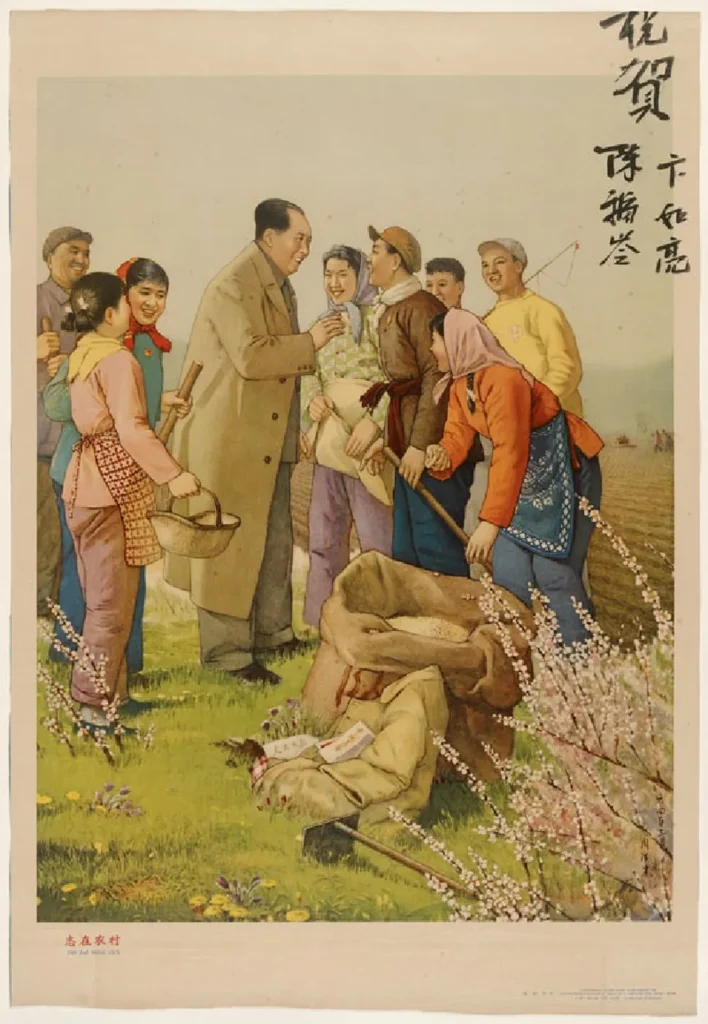In the vast grasslands of China, a humble plant is making waves in the world of agritech. Leymus chinensis, a perennial grass vital for forage, has revealed a unique trait that could significantly impact the agriculture sector. Researchers have identified two distinct phenotypes of this grass: gray–green (GG) and yellow–green (YG) leaves. The GG variety exhibits a stay-green characteristic, maintaining higher levels of chlorophyll and photosynthesis even after prolonged darkness, a trait that could revolutionize forage quality and biomass production.
The study, published in *Frontiers in Plant Science*, was led by Gaowa Naren from the School of Life Sciences at Inner Mongolia University and the Key Laboratory of Herbage and Endemic Crop Biotechnology. The research highlights that the GG phenotype of L. chinensis not only retains chlorophyll but also maintains high protein nutrient levels in darkness. This is a significant finding, as chlorophyll degradation is a major factor affecting forage quality.
“Both chlorophyll and photosynthesis were maintained at higher levels after 6 days of dark treatment in GG L. chinensis, which is significantly different from that of the YG ecotype,” Naren explained. This discovery could lead to the development of new forage crops that retain their nutritional value for longer periods, even under stress conditions.
The study also delved into the genetic mechanisms behind this stay-green trait. It found that darkness significantly increased the expressions of NYC1 and NOL genes, responsible for initiating chlorophyll degradation, in the YG phenotype. However, the dark treatment did not alter the expression of NOL in the GG leaves, and the induction of NYC1 expression by darkness in GG was significantly weaker than that observed in YG. This genetic insight could pave the way for targeted breeding programs to enhance the stay-green trait in other forage grasses.
The commercial implications of this research are substantial. Forage quality is a critical factor in livestock production, and a stay-green trait could lead to improved animal nutrition and productivity. Moreover, the ability to maintain biomass production under stress conditions could enhance the resilience of agricultural systems to climate change.
As the world grapples with the challenges of feeding a growing population amidst a changing climate, the stay-green trait in L. chinensis offers a glimmer of hope. This research not only sheds light on the genetic mechanisms behind chlorophyll degradation but also opens up new avenues for improving forage quality and biomass production. The findings could shape future developments in the field, driving innovation in agritech and contributing to more sustainable and productive agricultural systems.
In the words of Gaowa Naren, “This discovery could lead to the development of new forage crops that retain their nutritional value for longer periods, even under stress conditions.” This is not just a scientific breakthrough; it’s a step towards a more resilient and sustainable future for agriculture.

